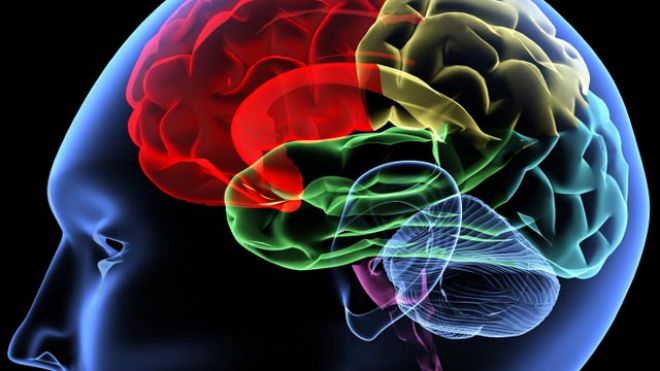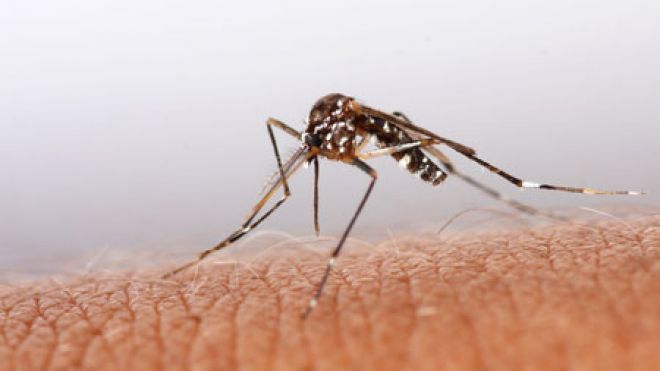How to treat painful sex
Dyspareunia is the technical term for pain during sexual intercourse, which can be related to mental or physical causes. It is not uncommon for women to experience painful intercourse at some point in their lives.   If you are experiencing pain during intercourse, work with your physician to determine the root cause and devise an effective treatment plan. For some of the most common reasons for painful sex, there are simple solutions that can get your sex life back on track. 1. Vaginal dryness Poor vaginal lubrication is classically linked to insufficient levels of estrogen, which tend to decline following pregnancy, during menopause and with treatments for breast cancer. This condition, however, is something women should be discussing with their doctors. Vaginal dryness can be a result of more serious conditions, such as the autoimmune disease, Sjogren’s syndrome.  It may also be caused by medications, such as oral birth control, beta-blockers and antidepressants. Regardless of the cause, intercourse is often very painful and many women may lose the desire to have sex or may be inclined to endure unhealthy pain in the attempt to appease their partner. There are several treatment options for vaginal dryness: • Hormone therapy, such as restoring estrogen and progesterone levels to normal levels can bring back the natural mechanism that supports vaginal lubrication. • Adequate amounts of mono- and polyunsaturated fats in your diet (10 to 20 percent of daily calories). • Stay hydrated to keep the body’s mucous membranes moist and functioning. • Avoid products that can steal vaginal moisture, like feminine sprays, douches and antibacterial and deodorant soaps • Use an all-natural, water-based lubricants. 2. Lichen sclerosis Lichen sclerosis is a fairly common issue among women that affects the vulva and can cause intercourse to be painful.  The issue can cause progressive changes to the vulvar skin. Generally, small white spots appear on the skin with a shiny or smooth texture. These can grow into larger patches and the skin will become thin and crinkled and may bruise or tear easily. Other symptoms include itching, pain, bleeding and blisters. Women experiencing these symptoms should seek the advice of the physician, as lichen sclerosis has been associated with an increased risk for vulvar cancer. The condition is treatable, usually with topical steroids, but once diagnosed the condition generally affects the individual for a lifetime. 3. Birth control pills Painful intercourse may also be associated with use of birth control pills. It is not uncommon for oral birth control to cause hormonal issues that can lead to discomforts during sex.  Birth control pills cause elevated levels of sex hormone binding globulin, which can bind free testosterone and cause vaginal atrophy in young women. This problem may persist even after discontinuation of the Pill. Hormone replacement therapy is an effective treatment option to return hormone levels to a balanced, natural state and improve pain with intercourse. 4. Vulvodynia Vulvodynia is a pain syndrome of the vulva that is characterized by point hypersensitivity to touch usually in the introitus (entrance to the vagina.)  This can be the result of having frequent vaginal infections, particularly yeast infections. Women that are susceptible to frequent yeast infections should avoid potential irritants, like douches, dyes and perfumes. It is important to the vulva clean and dry and use lubrication with intercourse. If yeast infections continue or pain occurs with intercourse, you should seek treatment you’re your doctor. A healthy diet, as well as oral and vaginal probiotics, are effective treatments options to minimize the occurrence of yeast infections and prevent the development of disease.  Some physicians may prescribe chronic use of steroids to treat vulvodynia; however, this is not the best solution. Chronic steroids, especially potent doses, thin the vaginal skin over time, which can increase pain.  Topical numbing medications, or even injections of interferon, are better alternatives for managing the condition. 5. Vaginismus In some cases, the issue of painful sex is involuntary tightening of the pelvic floor muscles, which is known as vaginismus. This can be diagnosed with an examination by your physician. Pelvic floor physical therapy is the best course of treatment, followed by graduated use of vaginal dilators.   6. Deep pain Deep pain during intercourse can be caused by a number of factors, including certain types of cancer, endometriosis, fibroids and polycystic ovary syndrome (PCOS). Getting treatment early can prevent the dangerous progression of these conditions, which may threaten not only your sex life, but your fertility and health. Do not hesitate to discuss the occurrence with your physician. 7. Seek a physician’s care If you experience internal pain with sex, you should discuss this with your doctor. If the pain is only occasional, it may be related to your cycle, or perhaps the particular position may not be comfortable for you. However, if the pain reoccurs consistently or becomes worse, this could indicate inflammation — which means it's time to see a doctor.   Dr. Jennifer Landa is Chief Medical Officer of BodyLogicMD, the nation's largest franchise of physicians specializing in bioidentical hormone therapy. Dr. Jen spent 10 years as a traditional OB-GYN, and then became board-certified in regenerative medicine, with an emphasis on bio-identical hormones, preventative medicine and nutrition. She is the author of “The Sex Drive Solution for Women.” & Learn more about her programs at www.jenlandamd.com.& source : http://www.foxnews.com/health/2013/05/12/how-to-treat-painful-sex/






